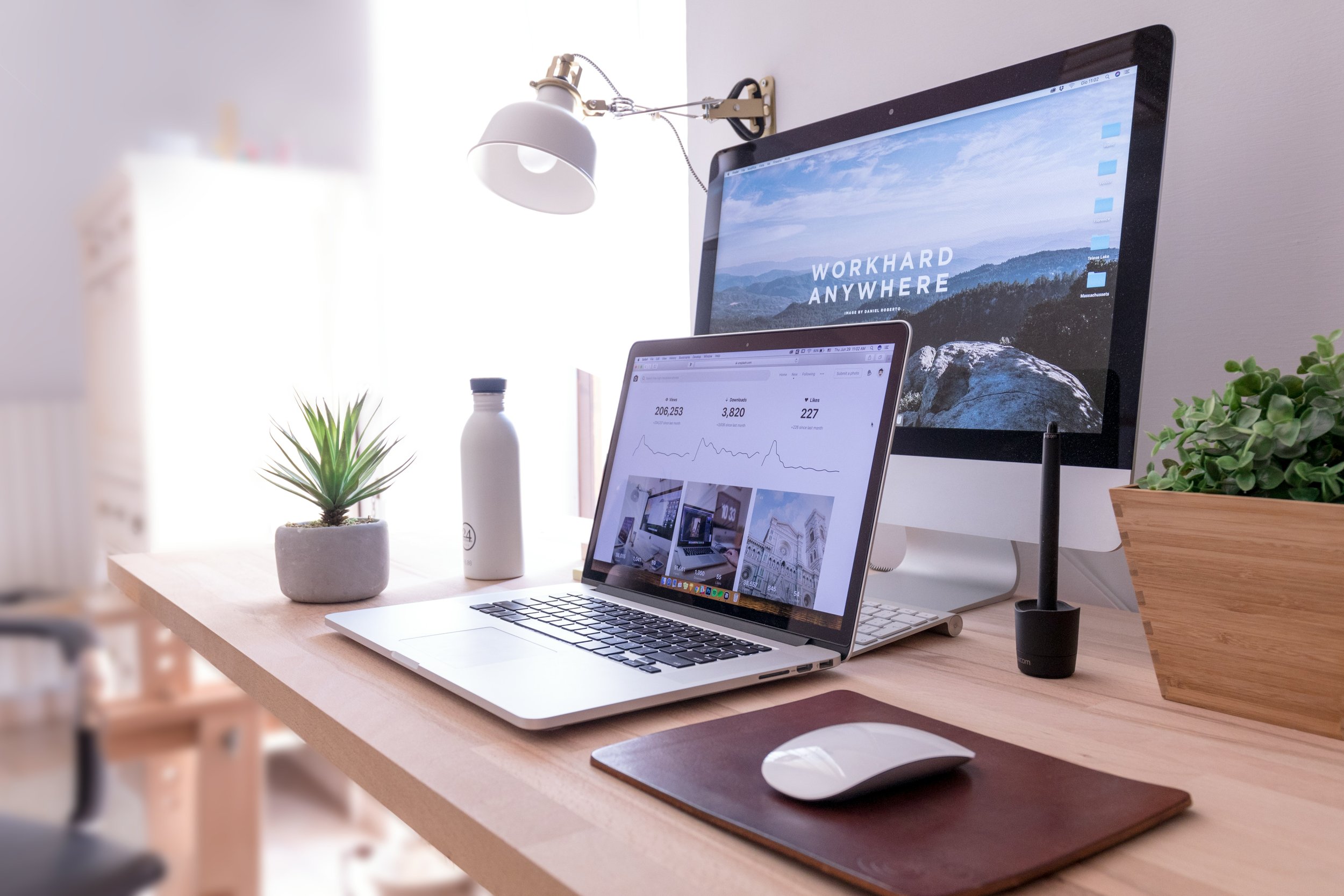Driving Results, Not Just Attendance: How Remote Work Unlocks Success in the Design Industry
Why Is Remote Working Absent From the Conversation About Work-Life Balance in Design?
With all the ongoing discussions about work-life balance and employee value in the design industry, why is remote working still largely absent from the conversation? As industries across the globe shift toward flexible working arrangements, many design firms remain anchored to traditional, in-office models. This reluctance to embrace remote work could be holding back firms from unlocking a wealth of talent, productivity, and innovation that come with modern, flexible work practices.
Breaking the Physical Office Barrier
Remote working has already proven to be successful for many firms, including those I’ve had the privilege of working with. For example, a top-tier design company with a revenue of $120 million leveraged remote talent, including my team, to provide key infrastructure reporting. This informed their sector diversification strategy, allowing them to successfully break into the health sector—a market they had been targeting for years.
Additionally, another firm I worked with, while embracing remote work, won over $1 billion in projects across multiple sectors such as transport, commercial, and health. Their business development and marketing teams, which I supported, operated remotely and were able to focus on high-level strategic deliverables without the distractions of a traditional office environment. These results demonstrate that remote professionals can drive real value and growth by focusing on what matters most: strategy and measurable outcomes.
Supporting a Work-Life Balance That Drives Creativity
The design industry is often associated with long hours and tight deadlines, but remote work offers flexibility that can alleviate pressure on staff. Allowing employees to work from home—or from a location that suits their lifestyle—helps create a healthier work-life balance, which has been proven to increase creativity, productivity, and job satisfaction.
Remote work gives employees the autonomy to structure their day, work during their most productive hours, and eliminate the stress of commuting. This balance is particularly crucial in creative fields, where burnout can easily stifle innovation and reduce long-term productivity.
Aligning Business Development and Marketing with Flexibility
In design firms, the roles within business development and marketing differ significantly from traditional project-based work. These functions are driven by strategy rather than hands-on project management, meaning that being physically present in the office is not always necessary.
Remote work provides the flexibility to focus on the multiple tasks that support a firm’s business growth—tasks that are primarily internal, non-client-facing, and essential to success. For example, one firm with over 20 years of industry traction used remote working to create a tactical plan that clearly outlined business goals and the steps needed to achieve them. This allowed the company to focus on measurable outcomes and strategic growth without the limitations of office-bound staff.
Remote business development and marketing professionals can manage proposals, create content, develop presentations, maintain brand consistency, and manage data from anywhere. In fact, allowing remote work often facilitates a more focused, high-quality output on these critical deliverables.
Moreover, integrating remote work into these roles signals that a firm is forward-thinking and adaptive. It creates a more attractive work environment for top-tier talent, particularly younger professionals who value work-life balance and flexibility. Offering remote work as a standard practice not only boosts productivity but also demonstrates that flexibility is a core company value, aligning with modern career expectations.
Moving the Industry Forward
Remote work isn’t just about convenience—it’s a strategic decision that aligns with broader industry trends. Design firms that embrace remote work are better positioned to adapt to increasing demands for flexibility, both from employees and clients. Firms can continue to offer high-quality, client-focused services while giving employees the freedom to manage their time and workspace effectively.
By shifting the conversation to include remote work as part of a holistic approach to work-life balance and value, the design industry can create environments that foster creativity, increase productivity, and attract top talent. It’s time for the industry to take a step forward and allow remote workers to demonstrate their worth—not by where they sit, but by the value they bring to every project.
Conclusion
In an industry known for its demands on time and creativity, embracing remote work is more than just a convenience; it’s a way to enhance work-life balance, retain top talent, and drive better business results. As more design firms adopt this mindset, they will not only benefit from increased productivity and innovation but also foster a more sustainable, inclusive, and forward-thinking workplace.e, and forward-thinking workplace.

